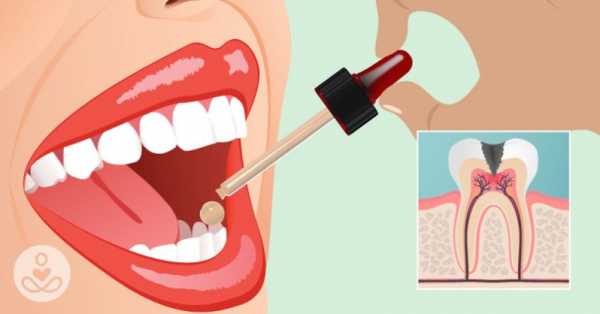Clove oil
The medicinal use of cloves goes all the way back to ancient China, where they became widely used as a pain reliever. One of the active ingredients in cloves, Eugenol, is recognized in the medical community as a natural anesthetic.
You don’t want to pour clove oil directly onto the affected area. Instead, take a whole clove and chew it to release the oil. Or, you can place a couple of drops on a cotton ball and leave it in the mouth.
Garlic
Garlic is a natural antibacterial and antiviral. A clove of garlic can immediately begin killing plaque-causing bacteria while reducing pain. Allicin, a compound found within garlic, is a potent liquid that is a natural disease-fighter.
Take a clove of garlic and place it around the affected area. Chew slowly, repeating twice or until you notice the pain receding.
Saltwater rinse
Per WebMD, rinsing with warm, salty water is one of the best things for natural oral care. It is recommended to mix half a teaspoon of table salt with eight ounces of lukewarm water. Swish the mix around in your mouth for about 60 seconds and spit.
You may want to do a light flossing around the achy tooth to remove any bits of food.
Onions
While the thought of chewing onions isn’t too appetizing, doing so may just help prevent cavities and tooth decay. Onions are known bacteria fighters and are also an effective anti-inflammatory.
For pain relief, onions are outstanding due to the presence of sulfur when, mixed with saliva, produces a powerful numbing effect.
Tea bags
Various teas have anti-inflammatory and numbing properties that make dealing with a toothache much easier. Peppermint tea is packed with tannin, a natural antibacterial and anti-inflammatory agent. Used teabags may also help soothe irritated gums.
You can apply a teabag as either a cold compress or after allowing it to cool. If you like the idea of a cold compress, simply put the used tea bag in the freezer for a few minutes. Apply to the affected area for 30 minutes.
Thyme
Thyme is a potent, versatile herb that contains antibacterial, antimicrobial, antiseptic, and disinfectant properties. It is also a highly efficient pain reliever. According to one study, its pain-relieving properties are comparable to ibuprofen.
To use, apply 3-4 drops of thyme oil and 1-2 drops of water onto a cotton ball and place on the affected area for 10 minutes.
Wheatgrass
Wheatgrass is considered a superfood because of its wide range and high volume of nutrients. Loaded with vitamins and minerals, wheatgrass contains antibacterial, anti-inflammatory, and antioxidant properties. Wheatgrass also provides a good amount of chlorophyll, which is excellent for staving off infections.

